How ABA Therapy Supports Families in Managing Difficult Behaviors at Home
A Family's Guide to Effective Behavior Management with ABA Therapy
Understanding the Impact of ABA Therapy at Home
Applied Behavior Analysis (ABA) therapy is a highly regarded approach used to manage challenging behaviors, particularly in children with autism or developmental disabilities. Conducted in home settings, ABA therapy provides a familiar environment that supports personalized intervention, crucially involving families in the process. This article explores how ABA therapy operates within the home, offering insightful strategies and resources for families seeking to enhance their child's behavior and communication skills effectively.
The Basics of In-home ABA Therapy
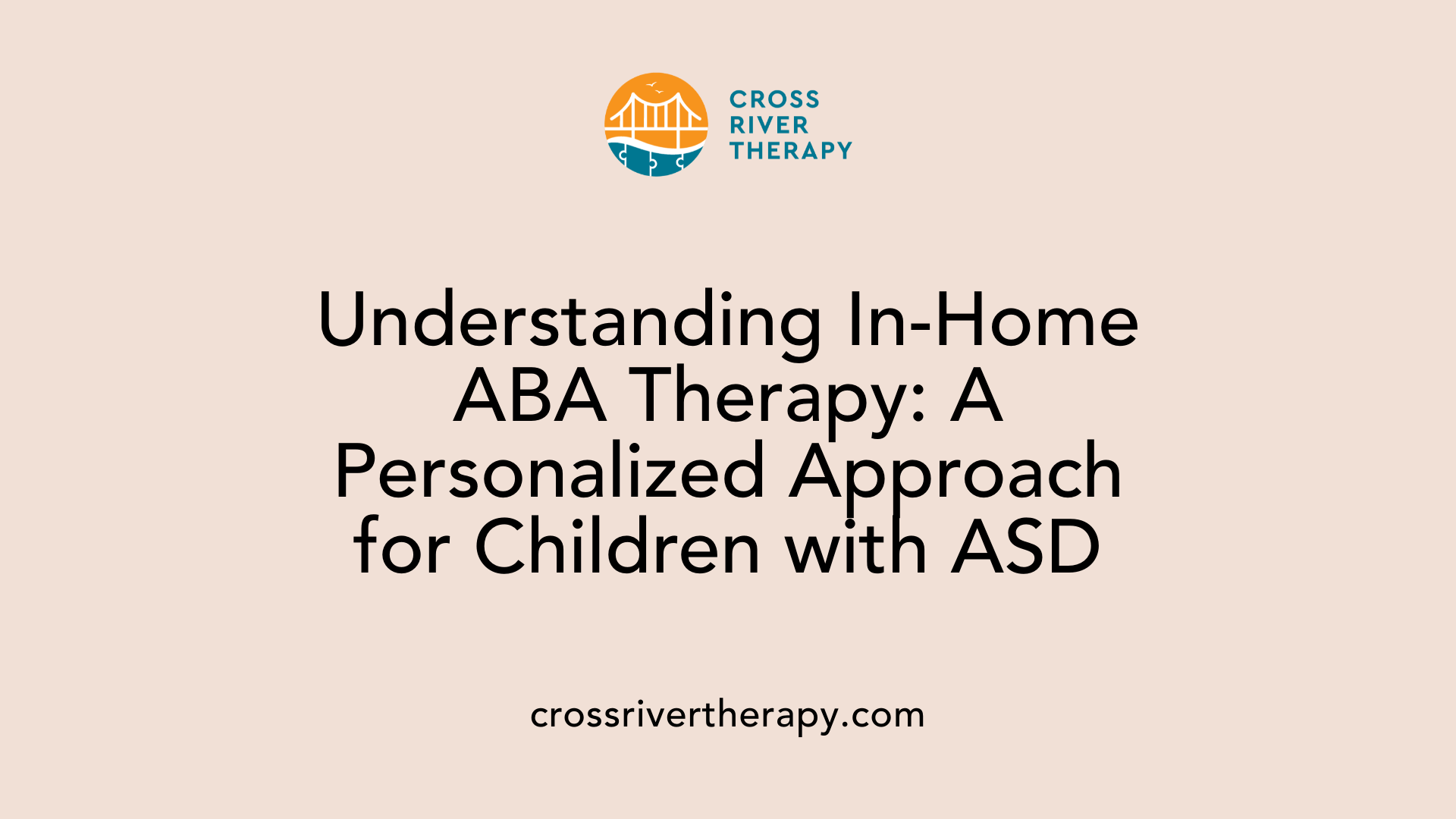
The concept of in-home ABA therapy
In-home ABA therapy is designed to provide personalized, evidence-based treatment for children with Autism Spectrum Disorder (ASD) in their own homes. This setting allows for the integration of familiar environments, toys, and activities, which helps to reinforce learning and behavior modification effectively. The approach fosters a more comfortable and engaging atmosphere, ensuring that therapy aligns with the child’s daily life.
How it functions within a home setting
During in-home ABA therapy sessions, a board-certified behavior analyst (BCBA) customizes interventions based on the child's specific needs and provides strategies to manage behaviors in real-time. Using the ABC model (Antecedent, Behavior, Consequence), therapists can pinpoint triggers for challenging behaviors and identify effective interventions. This immediate feedback mechanism ensures that parents can observe and address behaviors as they occur, significantly enhancing the effectiveness of the therapy.
Personalization and family involvement
Family involvement is crucial in this approach, as it empowers parents and caregivers with the skills to support their child's development. Through parent training, families learn to use positive reinforcement strategies and to communicate effectively with their child. The incorporation of daily routines allows children to practice and generalize abilities beyond therapy sessions, empowering families to create structured environments that promote consistent learning and emotional support. By actively engaging, families can enhance therapy outcomes, improve communication, and strengthen family dynamics.
| Topic | Description | Importance |
|---|---|---|
| In-home ABA therapy | Evidence-based therapy in a familiar environment | Comfort aids engagement |
| ABC model | Framework for understanding behavior | Helps identify triggers |
| Family involvement | Parents learn strategies to support skill development | Strengthens family dynamics |
Essential ABA Techniques for Home Use
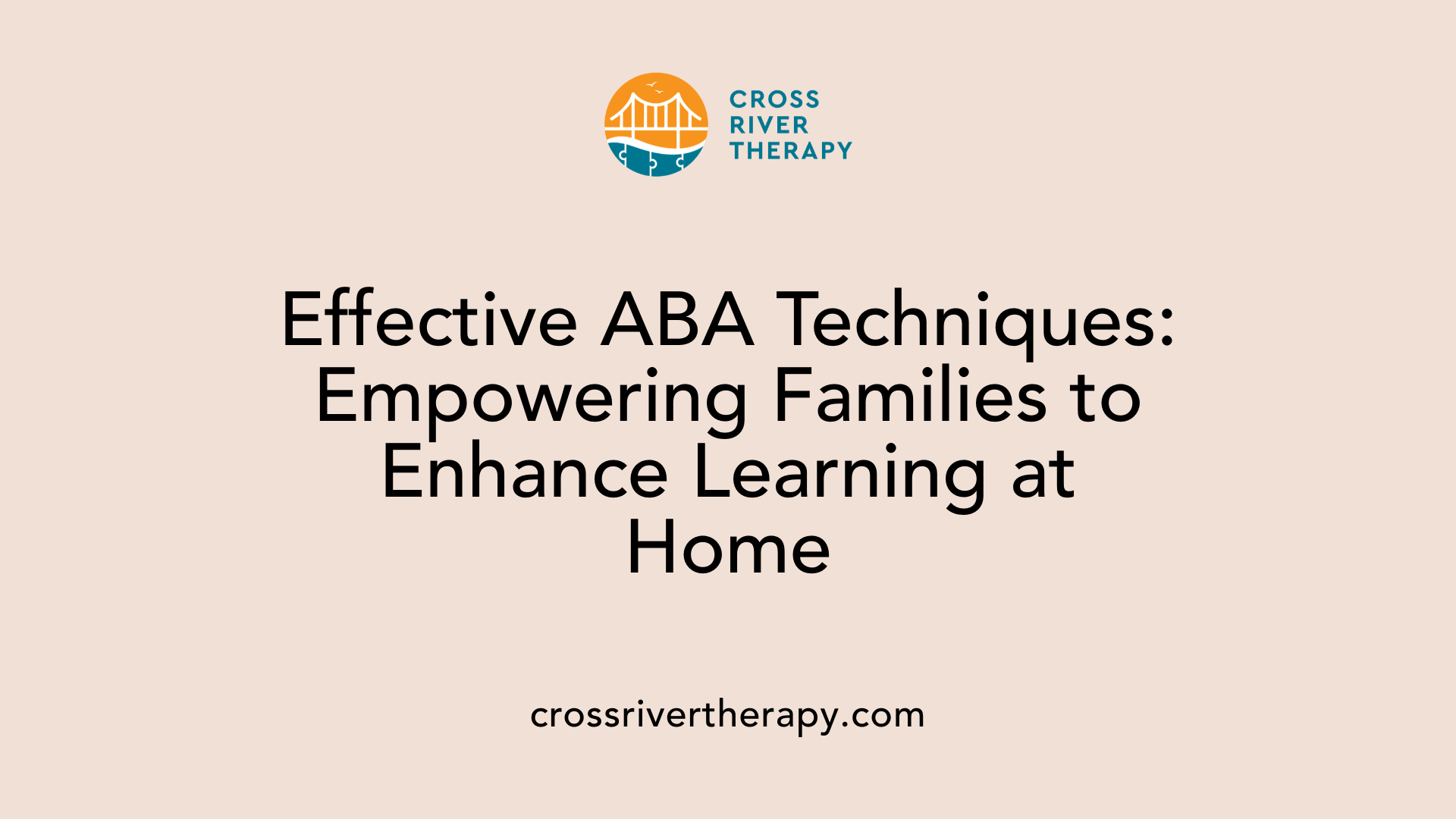
What are some effective ABA techniques for parents to use at home?
In-home ABA therapy empowers parents to use several effective techniques that can significantly enhance their children's learning and behavior modification. One of the most valuable strategies is positive reinforcement. This involves rewarding children for exhibiting desired behaviors, such as praise or small rewards, which encourages them to repeat those behaviors consistently.
Prompting and fading techniques are also vital. Initially, parents provide prompts to help their children succeed, such as verbal cues or physical gestures. Over time, these prompts can be faded out, allowing children to gain independence in performing tasks. This step-by-step approach helps children learn new skills at their own pace.
Another technique is to focus on the generalization of skills. It’s critical that children apply skills learned during therapy in everyday situations. For example, parents can encourage their children to use social skills during grocery shopping or at playdates. Practicing in various settings not only reinforces learning but also makes it more relevant to real-life scenarios.
Involvement and Communication
Parents should also maintain open communication with therapists. Regular updates and discussions about progress enable parents to adjust strategies as needed, ensuring a cohesive effort towards their child’s development. Techniques like video modeling may also be implemented, allowing children to observe and imitate appropriate behaviors through visual means.
Overall, integrating these ABA techniques into daily routines can create a supportive environment that fosters positive behaviors and enhances a child's overall growth and communication skills.
The Power of Positive Reinforcement
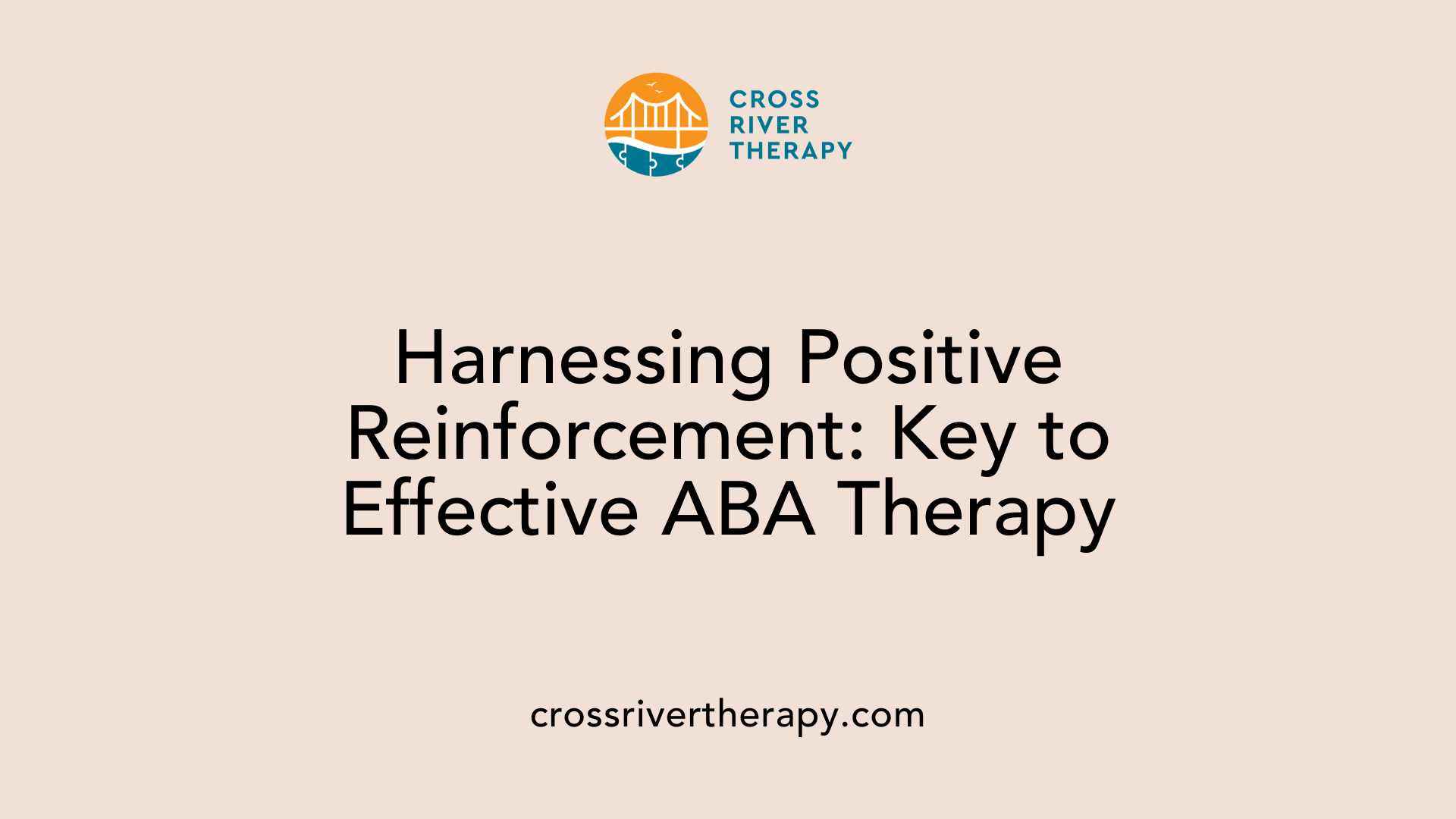
Effective Use of Positive Reinforcement
Positive reinforcement is a core principle of Applied Behavior Analysis (ABA) therapy. It involves rewarding children for exhibiting desired behaviors, thereby encouraging them to repeat those actions. This strategy has been shown to be far more effective than punishment, which can engender fear or resentment, ultimately hindering the learning process.
Immediate Reinforcement in Home Settings
In home settings, the use of immediate reinforcement plays a crucial role in ABA therapy. When parents notice their child demonstrating positive behavior, they can instantly reward that behavior, which helps reinforce the action. This immediate feedback is invaluable for children, as it establishes a clear connection between behavior and consequence, enhancing learning and behavior modification.
Differences from Punishment
Unlike punishment, which often leads to negative emotional responses, positive reinforcement fosters a supportive atmosphere that encourages children to feel motivated and engaged. By focusing on positive actions rather than punitive measures, families create a nurturing environment that promotes emotional well-being.
Benefits of Using Positive Reinforcement in ABA Therapy
The benefits of positive reinforcement in ABA therapy are manifold. It not only strengthens good behavior patterns but also empowers parents to utilize their child's identified motivators effectively. This collaborative approach between parents and therapists enhances the child's learning experience and helps facilitate the acquisition of new skills, ultimately improving their overall quality of life.
Understanding Behavior Interventions in ABA Therapy
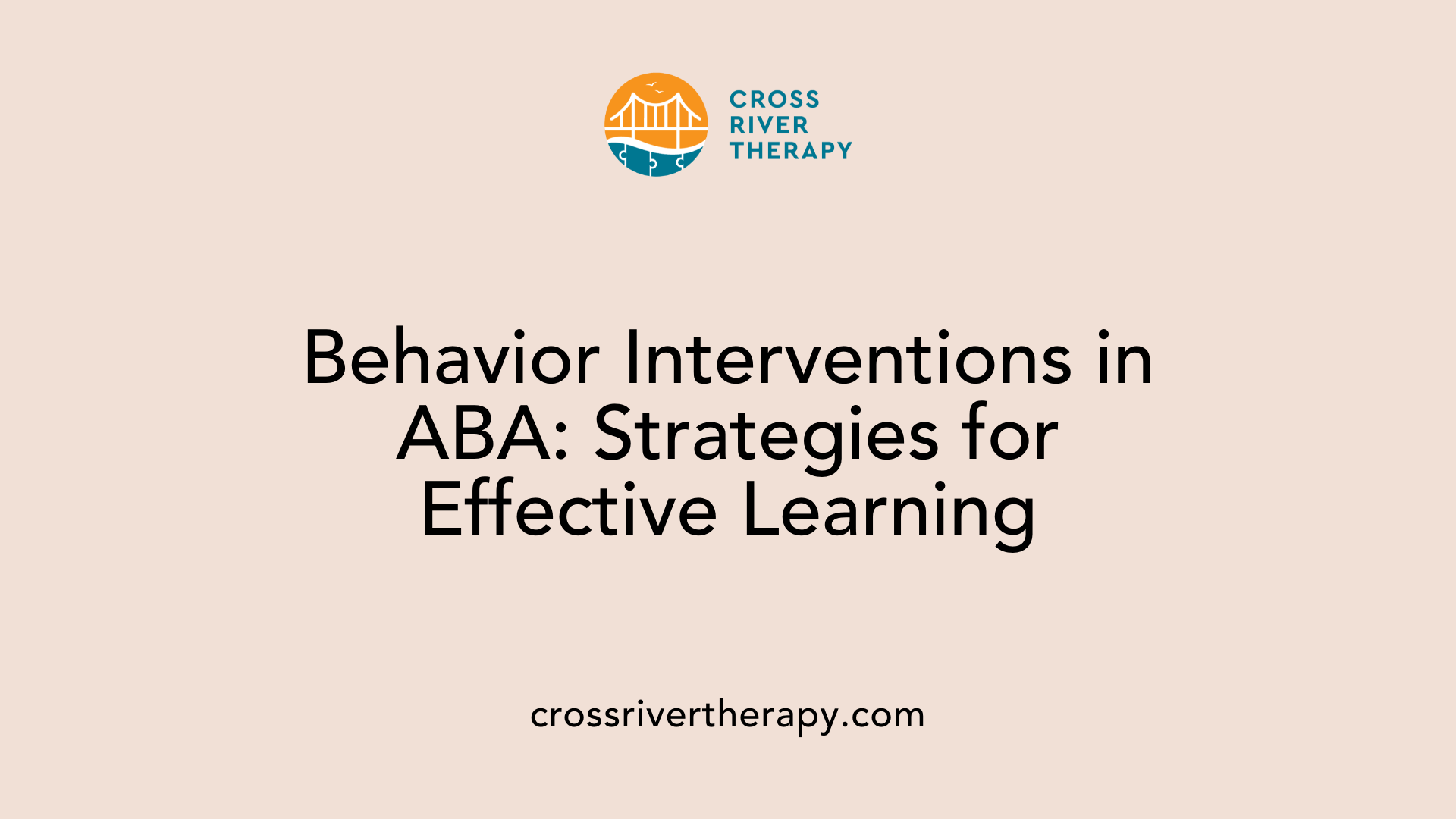
Can you provide examples of behavior interventions in ABA therapy?
There are several behavior interventions employed in Applied Behavior Analysis (ABA) therapy that facilitate learning and behavioral modification. One prominent method is Discrete Trial Training (DTT). This structure breaks down skills into manageable components, reinforcing successes through immediate positive feedback.
Another valuable intervention is Antecedent-Based Interventions. This strategy focuses on modifying the environment to reduce the chances of undesired behaviors occurring. By addressing triggers, children are less likely to engage in problematic actions.
Redirection is also an essential technique. It steers the child toward more appropriate activities when they begin to exhibit challenging behavior, helping them maintain focus on constructive tasks.
What is the role of FBA in intervention planning?
Functional Behavior Assessments (FBA) play a critical role in understanding the reasons behind challenging behaviors. Through a detailed assessment, therapists can identify triggers, functions, and consequences associated with behaviors. This information enables the development of tailored interventions that cater to the unique needs of the child and their family.
How do other strategies enhance communication and behavioral skills?
Other notable techniques include the Picture Exchange Communication System (PECS) and Pivotal Response Training (PRT). PECS allows children to communicate their needs visually, which is particularly beneficial for non-verbal individuals. Similarly, PRT focuses on teaching pivotal skills that can lead to widespread improvements in communication and social interactions.
By integrating these interventions into therapy, children learn and generalize skills in a supportive context that aligns with their daily routines. Here's a summary table of the discussed interventions:
| Intervention Type | Description | Purpose |
|---|---|---|
| Discrete Trial Training (DTT) | Breaks down skills for easier learning | Positive reinforcement of success |
| Antecedent-Based Interventions | Modifies environment to prevent issues | Reduces undesired behaviors |
| Redirection | Guides towards more appropriate activities | Maintains focus and engagement |
| Functional Behavior Assessment | Identifies reasons for behaviors | Supports targeted interventions |
| Picture Exchange Communication System (PECS) | Facilitates communication via visuals | Enhances expressive language |
| Pivotal Response Training (PRT) | Teaches pivotal skills for broader development | Improves communication and interactions |
Through these varied interventions, in-home ABA therapy effectively addresses behavioral challenges, promoting better learning outcomes and family involvement in the therapeutic process.
Exploring Different Types of ABA Therapy
What are the different types of ABA therapy?
There are several types of ABA therapy, each designed to address specific needs and goals. Some common types include the following:
| Type of Therapy | Purpose & Application | Description |
|---|---|---|
| Discrete Trial Training (DTT) | Structured Learning | Breaks skills into smaller components, allowing for clear teaching and reinforcement of each part. |
| Early Intensive Behavioral Intervention (EIBI) | Intensive support for young children with autism | Provides high levels of therapeutic support at an early age to foster development in children. |
| Natural Environment Training (NET) | Teaching skills in real-life situations | Emphasizes learning in everyday environments to promote skill generalization. |
| Pivotal Response Training (PRT) | Enhancing pivotal areas of development | Focuses on key areas through child-initiated play, encouraging motivation and engagement. |
| Verbal Behavior Therapy (VBT) | Targeting functional communication | Aims to improve communication skills by teaching the meaning behind words and phrases, enhancing overall language development. |
| Functional Communication Training (FCT) | Replacing challenging behaviors with communication | Teaches appropriate ways to express needs and wants, which can reduce frustration and inappropriate behaviors. |
| Social Skills Training | Enhancing interpersonal skills | Utilizes interactive techniques to develop social abilities, providing children with tools to effectively communicate and interact with others. |
In-home ABA therapy combines the individualized nature of these methodologies with the comfort of a familiar setting. It allows for immediate reinforcement of desired behaviors while addressing challenges as they arise in daily life. Families play a crucial role by participating in therapy and employing strategies learned during sessions, leading to a collaborative approach that supports children in making progress within their natural environments.
By utilizing these various methods, parents can help their children to internalize and generalize the skills taught in therapy, ultimately improving their ability to handle social interactions and daily challenges.
The Family's Role in ABA Therapy
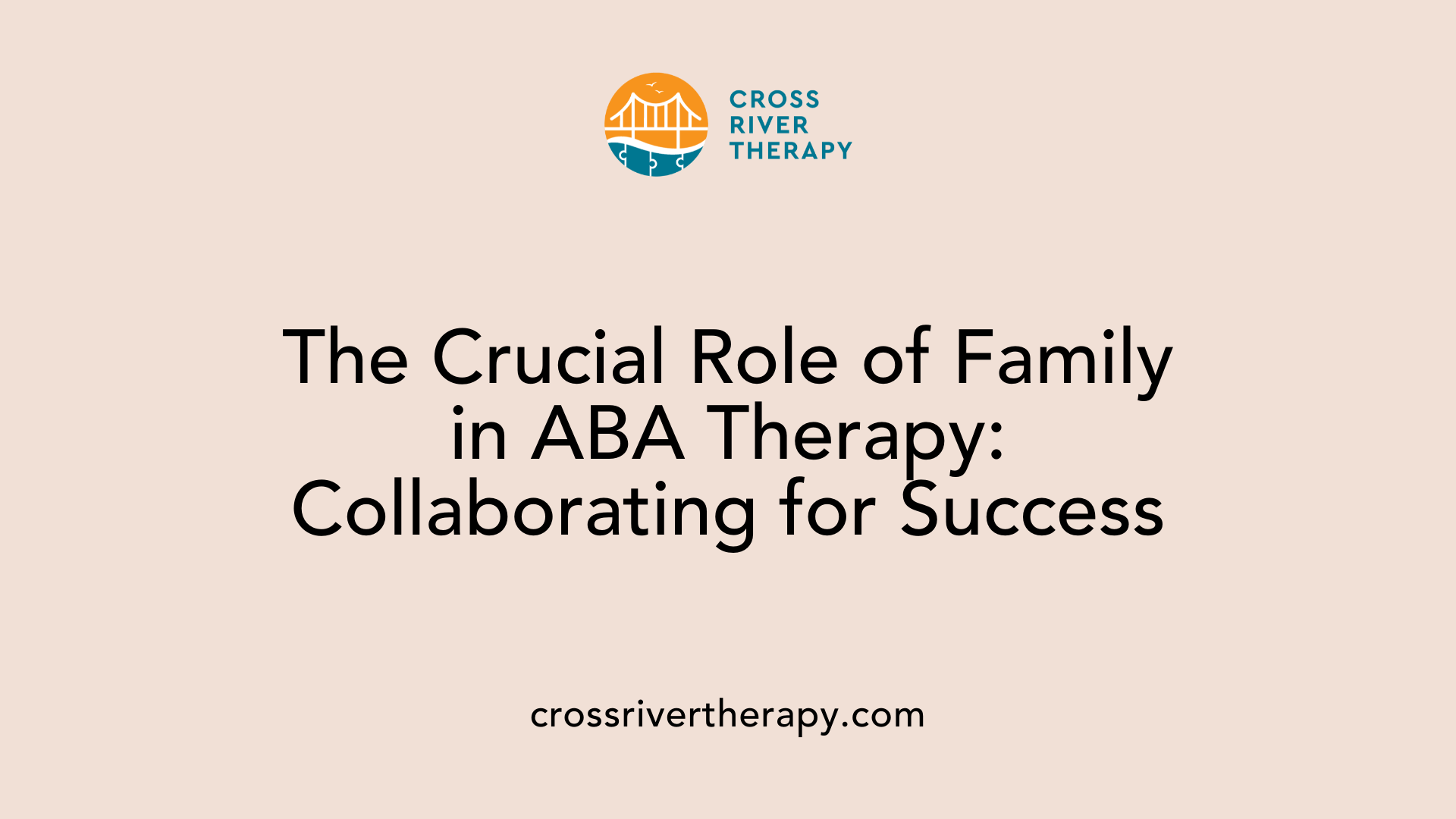
Family Involvement in ABA Sessions
In-home ABA therapy strongly emphasizes family involvement. When parents and relatives actively engage in therapy sessions, they help reinforce the skills their child learns in real-time. Therapists encourage families to participate, ensuring they understand the strategies being used. This collaborative approach makes it easier for families to provide immediate reinforcement for positive behaviors, which is crucial for effective learning.
Empowerment Through Parent Training
Parent training is an essential component of ABA therapy. It equips parents with the necessary tools to promote their child's development not just during therapy sessions, but in everyday life. Training focuses on methods to prompt behaviors and manage challenges effectively. By educating themselves on techniques like the ABC model (Antecedent, Behavior, Consequence), parents can better understand and respond to their child's needs. This empowerment leads to more consistent behavior management at home.
Techniques for Families to Support Child Progress
There are several strategies families can employ to support their child's progress in ABA therapy. Positive reinforcement is a cornerstone of these strategies; parents can offer praise or rewards when their child exhibits desired behaviors. Maintaining a structured environment at home can also enhance behavioral development by making expectations clear. Additionally, families are encouraged to monitor their child's behavior and keep detailed records, which are invaluable for therapists to adjust interventions and align with the child's unique needs. By fostering communication with ABA professionals and using the strategies learned, families can significantly influence their child's developmental outcomes.
Leveraging Resources for Effective ABA Therapy
What are ABA therapy resources?
ABA therapy resources encompass a diverse array of educational materials and support platforms tailored for parents, therapists, and professionals alike. These resources play a vital role in enhancing the understanding and application of therapeutic techniques in home settings.
Resources for families include informative websites such as Applied Behavior Analysis Edu and I Love ABA!, which provide unbiased information and free resources about ABA practices. Parents can benefit from the latest insights through the BACB Podcast and Blog, which delivers updates on certification and ethical practices relevant to ABA professionals.
For supporting families directly, organizations like The Autism Society and Autism Resources and Community (ARC) offer articles, tips, and tools specifically designed for supporting children with autism. These resources enhance a family's ability to apply learned techniques in daily routines effectively.
Additionally, research is crucial for ongoing professional development. Platforms like SpringerLink give access to numerous journals focusing on behavioral analysis. Meanwhile, AccuPoint is dedicated to resources that enhance applications of positive reinforcement techniques during therapy.
Supporting continuous learning and application
Integrating knowledge from these resources into practical use is essential for both parents and practitioners in ABA therapy. Weekly reviews of new articles, participation in webinars, and interactive forums can significantly deepen understanding and effective application of ABA strategies at home. By utilizing these resources, families can stay educated, allowing them to better support their child’s development outside of therapy sessions.
Platforms Offering ABA Therapy Tutorials
Availability of Online Tutorials for ABA Therapy
In recent years, the growth of online resources has made ABA therapy more accessible for parents and practitioners. Various platforms provide structured tutorials that cater to different learning needs, making it easier for families to get involved in the therapeutic process.
Tutorial Content and Benefits
These tutorials often encompass various training levels, from introductory to advanced topics. Participants can expect to find:
- Video Library: Real-life therapy sessions showcase practical applications of ABA techniques, enhancing understanding.
- Essential Topics: Tutorials typically cover behavior reduction techniques, ethical practices, and intervention strategies, equipping parents with critical knowledge.
- Family Involvement: By learning ABA principles, family members can play an active role in their child's therapy, reinforcing skills in everyday situations.
Practical Tools for Home Implementation
Parents looking to implement ABA strategies at home will benefit from activities and tools provided by these tutorials. Such resources help families:
- Integrate Techniques: Apply learned strategies within their home routines, fostering continuity in therapy.
- Monitor Progress: Use data-driven methods to track behavioral changes and adapt plans accordingly. By utilizing these platforms, families can become effective partners in their child’s ABA therapy, significantly enhancing the overall therapeutic experience.
Building a Supportive Home Environment
Creating Structure at Home
Establishing a structured environment at home is vital for children undergoing ABA therapy. Clear rules and routines help children understand what behaviors are acceptable. Parents should highlight positive behaviors by providing immediate attention and rewards, reinforcing desirable actions consistently.
Aligning Home Strategies with Therapy
In-home ABA therapy emphasizes the integration of therapeutic strategies into daily routines. Practicing skills learned during therapy in various settings allows children to generalize these skills effectively. Parents can keep detailed records of their child's progress and behaviors, which will guide therapists in refining intervention strategies based on observed outcomes in the home context.
Enhancing Family Dynamics Through ABA
Family involvement is crucial to the success of ABA therapy. Parents who engage with and educate themselves about behavioral techniques foster a supportive atmosphere for their children. This involvement not only aids in behavior management but also boosts emotional support, enhancing motivation and engagement in therapy—and significantly improving family dynamics through collaborative efforts.
Measuring Progress and Adapting Interventions
Importance of data-driven methods
In-home ABA therapy relies on data-driven methods to track a child's progress effectively. Therapists utilize systematic approaches to gather data on behaviors, skills learned, and responses to interventions. This allows for accurate assessments of how well a child is responding to therapy.
Maintaining detailed records of behaviors and interventions not only helps in analyzing trends but also empowers therapists to modify strategies tailored to the child's unique needs. Given the dynamic nature of children’s behavior, these data insights facilitate ongoing adjustments, ensuring the therapy remains effective and relevant.
Parental involvement in monitoring
Active participation from parents is crucial in monitoring their child's development during ABA therapy. By being involved, parents can provide continuous feedback on observed behaviors and strategies that work well or warrant adjustments. This collaboration enables families to have a clear understanding of their child's progress outside formal therapy sessions.
Moreover, parental engagement fosters a sense of accountability that can be motivating for children. Families who take part in this monitoring become more effective partners in the therapeutic process, further enhancing their child's learning experience.
Adapting interventions based on progress
As children show progress or face challenges, therapists can adapt interventions to better fit their evolving needs. The insights gained from parental feedback and recorded behaviors inform these modifications. For instance, if a child excels in one area but struggles in another, the therapist can focus more attention on the difficulties while utilizing successful strategies in other aspects of learning.
This adaptive approach not only facilitates individualized treatment plans but also reinforces the principle of generalization of skills, which is essential for helping children apply learned behaviors across various contexts—ultimately leading to improved outcomes in their daily lives.
Maximizing ABA Therapy Success at Home
ABA therapy provides a robust framework for managing challenging behaviors in children while fostering a supportive family environment. By utilizing in-home services, employing effective techniques, and maintaining open communication with therapists, families can nurture their child's development and improve overall family dynamics. As parents engage with educational resources and tools, they empower themselves to be active participants in their child's therapeutic journey, ensuring that ABA therapy's benefits extend beyond the sessions and into daily life.
References
- ABA Therapy at Home: Supporting Children with Autism
- Managing Problem Behavior at Home - Child Mind Institute
- The Role of Family in ABA Therapy: Tips for Parents
- Behavior Management in ABA Therapy: A Guide for Parents
- Enhance Family Life with ABA Therapy Services
- ABA Therapy at Home Benefits and What to Expect - Achieve Beyond
- A Parent's Guide To In-home ABA Therapy - Bluesprig Autism



